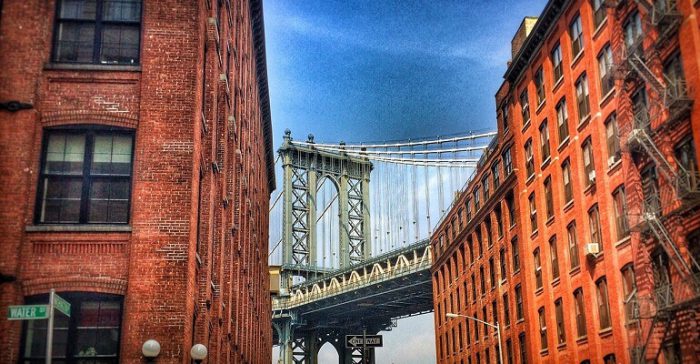Gita Subramony, ERS, for Zondits
Brownstoner recently reported on a real estate developer who purchased a seven-unit townhome in Brooklyn for $6.8 million in 2014. The developer plans to substantially renovate the building, creating a single-family dwelling, and the architects chosen for the job, Baxt Ingui, are well known for using passive house and energy efficient techniques in their construction process.
Passive house standards result in high-performing buildings that are often net-zero ready. There are also a number of non-energy benefits, including noise reduction, pest infestation prevention, and increased occupant comfort.
Once finished, the Brooklyn home discussed in the Brownstoner article will be on the market for a record-breaking $18 million. It’s great that architects are embracing energy efficiency and passive house standards, especially for retrofits, and if passive house techniques are used in this renovation it would undoubtedly provide a quality home for the purchaser. However, the astronomical price is deeply troubling. Although the asking price for this home is likely tied more strongly to the overall trend of dramatic price increases in Brooklyn (homes in this property’s zip code are worth an average of $1,799,979 more than they were in 2004) and the housing shortage in NYC on the whole, does this mean that energy efficient homes are really only accessible to the extremely wealthy?
Zondits recently reported on energy-burdened Americans and how studies are showing that the poorest Americans pay a dramatically greater share of their income on their electric bills. In a place like NYC, tenants are also liable to be rent-burdened as well. Energy efficiency tailored to just the highest income earners is not particularly useful for reducing load on the grid or greenhouse gas emissions, or for utilities to comply with the Clean Power Plan. The debate over affordable housing in NYC raises important questions as to how energy efficiency can reach low-income building owners, operators, and tenants.
The ACEEE recently released a white paper on best practices for energy efficiency in low-income communities. The paper indicates that nationally multifamily housing can save $3.4 billion on utility costs through efficiency upgrades. However, utility spending on multifamily programs has not increased at the same rate as spending in other sectors. Although split incentives and lack of funding for capital projects can be major barriers to energy efficiency in low-income multifamily housing, programs can leverage other approaches to ensure that low-income residents have access to efficient technologies. Working through housing finance agencies, weatherization assistance programs and public housing authorities can help low-income efficiency programs gain traction. In addition, tenant outreach and partnerships with community-based organizations can often help increase program participation.
Energy efficiency won’t work unless it’s accessible to everyone. Overall, NYC not only needs more affordable housing, but also more efficient affordable housing. The opportunity to integrate low-income communities and energy efficiency goals will improve program design, ensure reduced pollution, and bring down energy bills.
